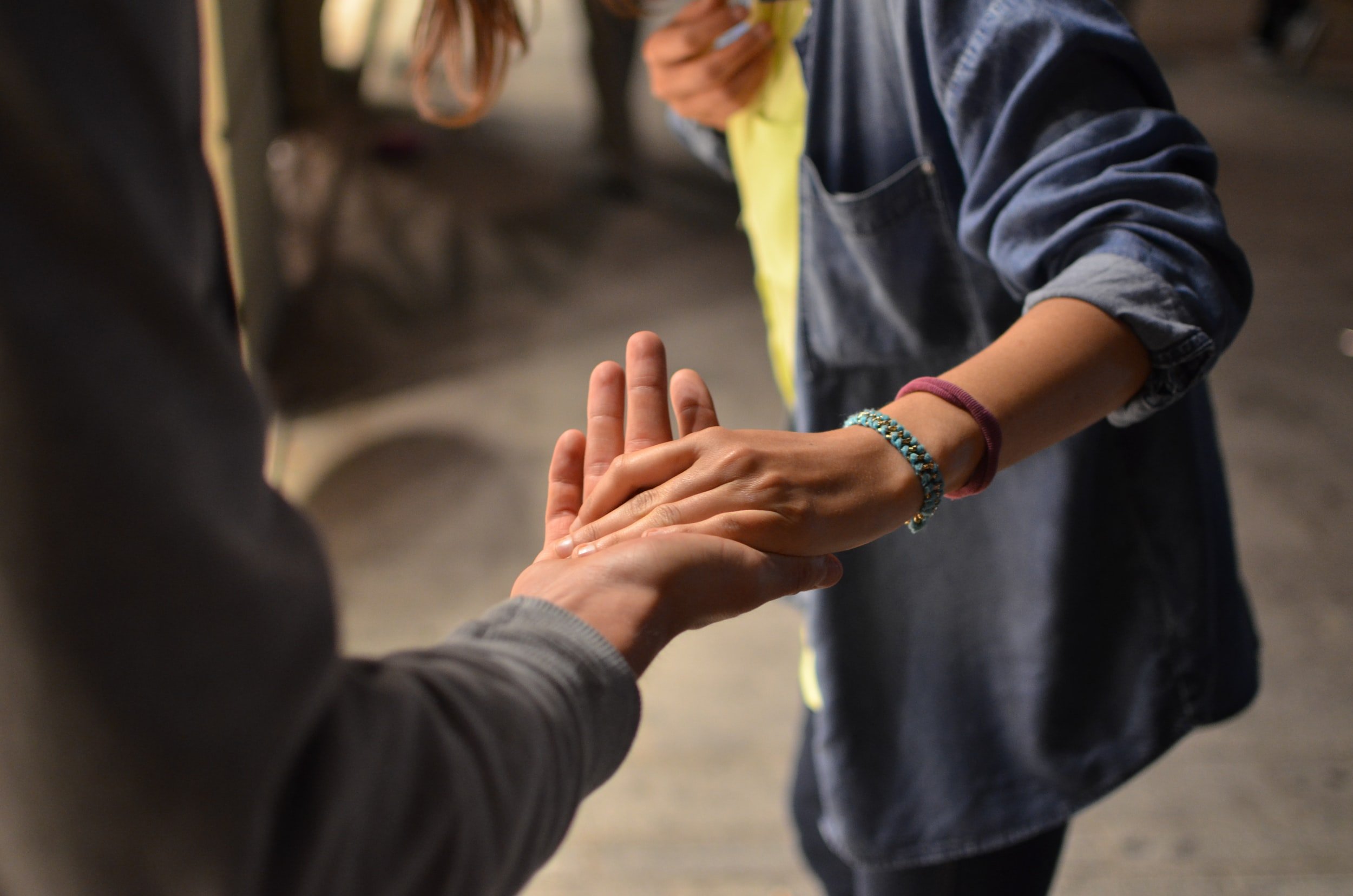
Licensing Guidelines to Safeguard Children and Young People
What are the requirements for safeguarding children under the Licensing Act?
The Licensing Act 2003 brought about a change in thinking about children’s access to licensed premises and now it is normal for children to be allowed in to pubs, clubs and other licensed premises.
Under the Act a number of ‘Responsible Authorities’ have been created, each one should be notified of any new license applications or any variations to existing licenses.
The Responsible Authorities include Police, Fire Authority, Planning Authority and Suffolk County Council (SCC) Children’s Services is the ‘Responsible Authority’ in respect of the protection of children from harm, and the Local Authority Designated Officers (LADOs), carry this role out on behalf of the County Council, specifically looking at the child protection/safeguarding element.
What risks can there be on licensed premises for children and young people?
The risks will vary from premises to premises depending on the type of licensing activity and the age of the children.
Young children may be at risk if they are not properly supervised or are exposed to adults who have become intoxicated. They can be dangerously intoxicated by quite small quantities of alcohol, so care needs to be taken to clear used glasses to protect them from this risk.
Young teenagers may attempt to buy and consume alcohol and then become vulnerable because their judgement is impaired, this could put them in danger from getting involved in fights, from drink driving or from sexual predators and abuse from those who choose to exploit children.
All children are at risk of adults who are viewed as a danger to them. Care must be taken when staff are appointed to ensure that such individuals are not placed in an environment where they can exploit their position.
Adult entertainment is not suitable for children. At premises where such entertainment is allowed arrangements must be enforced to ensure that children are not exposed to any inappropriate acts or material.
What can Licensees put in place to reduce risks to children and young people?
Use clear signs so that people are aware when and where children are welcome in the premises.
Display signs and adhere to laws relating to alcohol and children.
Have a clear policy for dealing with children on their premises, e.g. age, thresholds, supervision, expectations of adults, timings, etc.
Age-identification procedures used – national, local, premises schemes.
How expectations on adults are enforced e.g. instructions to staff.
Vetting procedures for staff, to ensure that no unsuitable adults are employed.
Staff should be easily identifiable (uniform or badge) and aware of safeguarding issues.
Policy on clearing glasses to minimise opportunities for children to access left-over alcohol.
Minimise the risk of passive smoking with clearly defined ‘smoking’ areas to which children have no access.
Use CCTV to monitor the premises/event including toilet and play areas.
